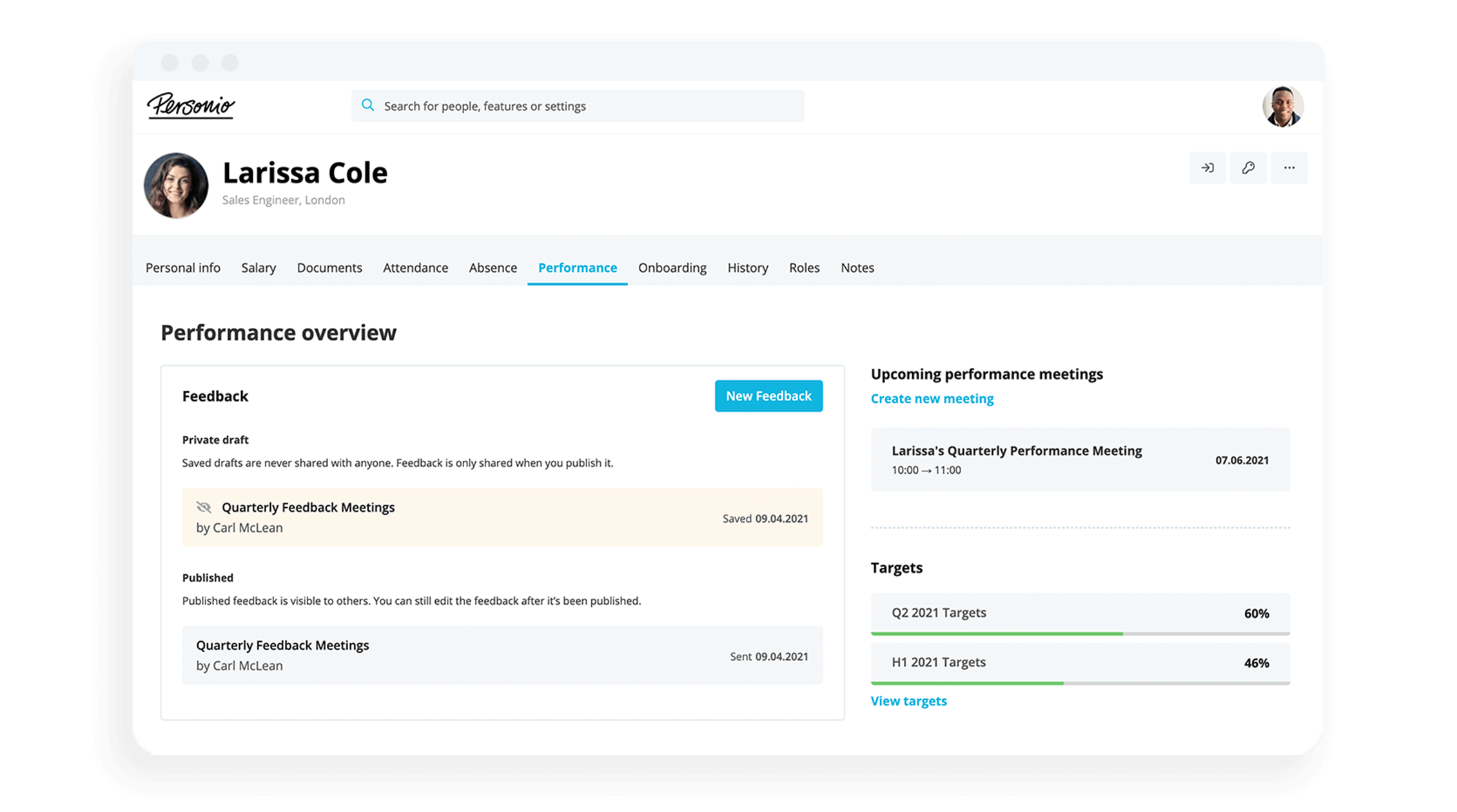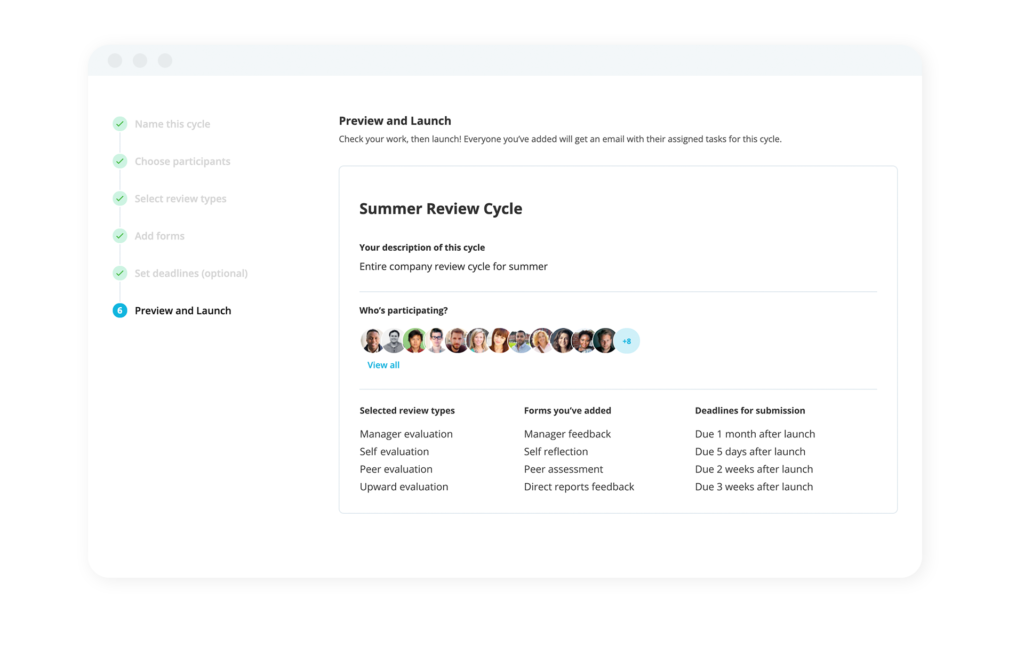How Micromanagement Becomes a Business-wide Problem
Is micromanagement an issue for your organisation? The most successful managers at any level are able to find people they trust and empower them. They know they can’t run an organisation all by themselves, and that outcomes are better when a team works together.
In this guide, we’re exploring how to spot micromanagement, some of the negative impacts and how to address it in your organisation.
Key Facts:
Micromanagement is when a manager tries to excessively control and monitor every detail of their employees’ work and decision-making.
This detrimental management style can hurt a business in a number of ways, including increased stress and burnout, decreased productivity and innovation, high turnover and stifled growth in an organisation.
HR teams should approach micromanagers carefully, first gathering information before meeting with them and setting an action plan for change.
What Does Micromanagement Mean?
Micromanagement is when a manager closely controls and oversees every aspect of their employees' work, often to the point of excessive scrutiny and intervention. Micromanagers tend to avoid delegating and be highly directive and hands-on – more than is necessary for the working relationship to succeed.
Unfortunately, this behaviour is not rare to see in the workplace. One study found that nearly four in five people say they have experienced micromanagement during their career, and it was detrimental to their own performance as well as the wider business:
85% said it negatively impacted their morale
71% said it interfered with their own job performance
69% considered changing jobs as a result of being micromanaged
36% actually changed jobs as a result of being micromanaged
Most Common Reasons People Micromanage
The Harvard Business Review found that there were two top reasons people micromanage:
They worry about disconnection and losing touch with the core work and people of the organisation
They hold onto familiar territory and struggle to let go of their old job (or their ways of doing their old job)
There are other reasons why managers feel the need to control everything their reports are doing, a big one being fear: fear of making mistakes, fear of other people making mistakes, fear of conflict, fear of the unknown or ambiguous, fear of being viewed in a certain way. 48% of managers like being seen as authority figures and experts, so the fear of being viewed as weak or inadequate is significant.
Another contributing factor is power, something about two in five leaders have a strong desire for. Wanting power is not inherently negative, but a power obsession can lead managers to become overly critical and involved in the performance and behaviour of their reports. Micromanagement can feel like a way to exercise their power on an ongoing basis.
Finally, a lack of experience can also lead to micromanagement; whether because the leader is inexperienced in management, or because they are managing less experienced workers and don’t trust their abilities.
Why Micromanagement Can Be Hurtful for a Business
No one likes to be micromanaged, and when a leader uses this management style, it can hurt the organisation (and its employees) long-term. Even when it comes with the best of intentions, micromanagement negatively impacts businesses in a number of ways:
Stress, Burnout and Culture Issues
Constantly being scrutinised and micromanaged can be stressful and exhausting for employees. This can lead to stress, burnout and other wellbeing issues, along with decreasing morale across the organisation and developing a negative company culture.
Decreased Productivity and Innovation
Micromanagement can limit employees' creativity and ability to problem-solve, as they may not have the freedom to experiment with new ideas or take risks. This leads to a lack of innovation and reduced productivity, which can ultimately harm the bottom line.
High Labour Turnover
Research has shown that micromanagement is one of the top three reasons for employees resigning from their jobs. All of the negative effects of being micromanaged, such as the ones listed above, can lead an employee to burn out and quit. Lower employee retention means big losses for the company, both from a talent and a financial perspective.
Stifled Organisational Growth
When managers micromanage, they often become the bottleneck in decision-making and problem-solving processes. This can slow down the pace of progress and prevent the organisation – and employees – from developing and taking advantage of new growth opportunities.
Ensure Fair, Constructive Feedback

Standardise your performance appraisals for all employees. Create customised feedback forms and rating scales you can use to improve performance, company-wide.
Transform Your Feedback CyclesTop 10 Tells of a Micromanager
Depending on the person, micromanagement can manifest in different ways. If you think you, your manager or another person on your team might be micromanaging, here are the top 10 tells to look out for:
They constantly check in on employees and request frequent updates, often with little regard for employees' workload or other priorities.
They are overly concerned with small details and may insist on making changes to work that employees have already completed.
They insist on being involved in every decision, no matter how small or routine.
They struggle to delegate tasks, often preferring to do things themselves rather than entrusting them to others.
They have a tendency to hover over employees' shoulders or monitor their work in a way that feels intrusive.
They may be overly critical or nitpick about minor mistakes, even if they don't impact the overall quality of the work.
They provide strict guidelines and don't allow employees to deviate from them, even if there may be more efficient or effective ways to complete a task.
They don't trust their employees to make decisions or take action without their input and approval.
They are resistant to change and may not be open to new ideas or approaches, preferring to stick to what they know.
They don't provide constructive feedback or opportunities for growth and development, instead focusing on controlling every aspect of employees' work.
How to Approach Micromanagement
If you have identified a micromanager at your organisation, steps should be taken immediately to avoid the potential negative impacts listed earlier. Every organisation and HR team is different, so handling micromanagers in your company will require you to make adjustments to these steps as needed.
Step 1: Consult With HR
Whether an employee reported micromanagement to HR or someone just observed that it was happening, members of the HR team should consult with each other on how best to proceed in the specific case.
Step 2: Gather Information
Next, you’ll need to collect stories or information from the micromanager’s direct reports to better understand their management behaviours.
Step 3: Meet With the Micromanager
An HR representative and perhaps the manager of the micromanager should sit down with them to discuss the situation. Avoid being accusatory and instead present observations and facts, then ask questions to better understand.
Step 4: Shock Them With Proof if Necessary
In an interview with the Society for Human Resource Management, Hyacinth Guy, vice president of HR at Caribbean Airlines Ltd. said that changing micromanagers might begin when they are “shocked into realising that their management style is offensive.”
She tells a story of conducting an anonymous evaluation of a micromanager and showing her that her subordinates had only given her a score of two out of five. “She had to be shocked into the realisation that she was not an effective supervisor,” Guy said.
Step 5: Make an Action Plan and Execute
Finally, work together to come up with an action plan to help the micromanager change their behaviour. This could involve extra training, coaching, mentorship or even adding the necessary behavioural changes to the manager’s performance assessment.
Changing a micromanager won’t happen overnight, but it’s worth the investment for the sake of your employees, organisation and the manager themselves.
Frequently Asked Questions (FAQ) About Micromanagement
What Is the Meaning of Micromanagement?
Micromanagement is when a manager tries to excessively control and oversee their employees’ work and decision making, from their end results to how they do the job.
Why Micromanagers Micromanage?
People micromanage for a number of reasons, including:
Worrying about being disconnected from the core operations and people in the organisation
Struggling to let go of the job they did before
Fear of mistakes, conflict, the unknown or being seen as weak
Desire for power
How to Manage a Micromanager?
If you have observed micromanagement behaviour at your organisation, you can approach them with these five steps:
Consult with HR Team
Gather Information
Meet with the Micromanager
Shock Them with Proof if Necessary
Make an Action Plan and Execute

